The majority of the work undertaken by the Library’s Collection Care staff requires physical access to the collections. However, the recent Library closure as a result of COVID-19 means much of our hands-on work has been postponed, as staff are no longer able to access studios and labs.


In preparation for the closure, our conservators covered vulnerable items on display to prevent damage from dust and light, while the Preservation Studio and Conservation Lab were prepared for an uncertain period of closure.
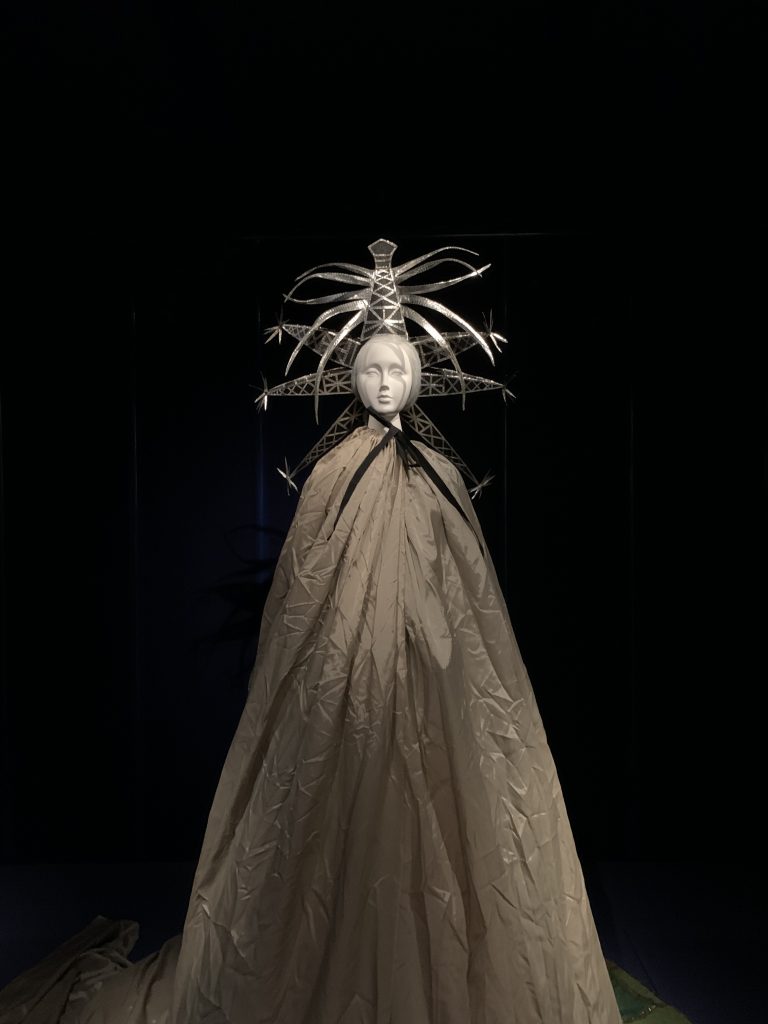
While it is tools down for the time being, Collection Care staff have steadily adapted to working from home, prompting a re-imagining of how we normally approach our roles.
Being separated from the collections we usually work with so closely has not been easy. However, this period has provided a rare opportunity to focus on the long ‘to do’ list familiar to many collection care professionals. With deadlines for exhibition programs and digitisation projects on hold, staff have been focusing on reviewing and revising our programs, conducting research, completing training, writing procedures and updating guides.
The following are just a few insights into the many and varied projects, research and activities our Collection Care staff have been absorbed in during the Library closure.
At home, Emily Keppel (Preservation Technician) has been documenting the process of making a replica model of a Southeast Asian manuscript from the Michael Abbott collection. This book model, specially designed with a ‘cut-away’ window to expose the different layers of the binding, will be a useful ‘hands-on’ teaching aid for collections staff, researchers and the public.
‘While I’m now thoroughly documenting the process of making the model – looking back at photos, I do miss working with my hands and using my tools!”
Emily Keppel
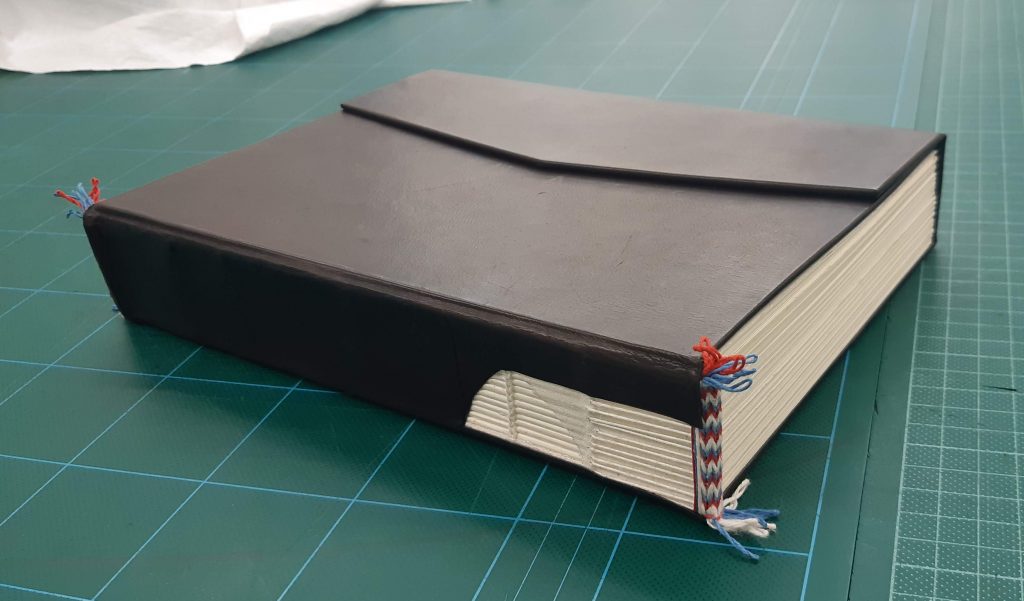
Prior to the closure, Jess McElhinney (Conservator Paper) was set to begin the conservation treatment of a significant collection of drawings on tracing paper from the collection. The paper used to make the drawings is incredibly brittle and there are multiple tears requiring repair. Jess is taking advantage of this time to conduct research into the materials and techniques used to treat these fragile items, so when she is able to return to work, she will be ready to get started on their conservation.

Jessye Wdowin-McGregor (Preservation Technician) and Jarno Coone (Senior Conservation Technician) are busy preparing a preservation manual for the storage of non-standard collection items. The aim of the manual is to set out the principles for housing and storage of different formats of non-standard items that appear in our collections – i.e. metals, textiles, plastics and composite objects. This manual will be an invaluable resource documenting the vulnerabilities, deterioration issues and storage requirements for a wide range of formats.
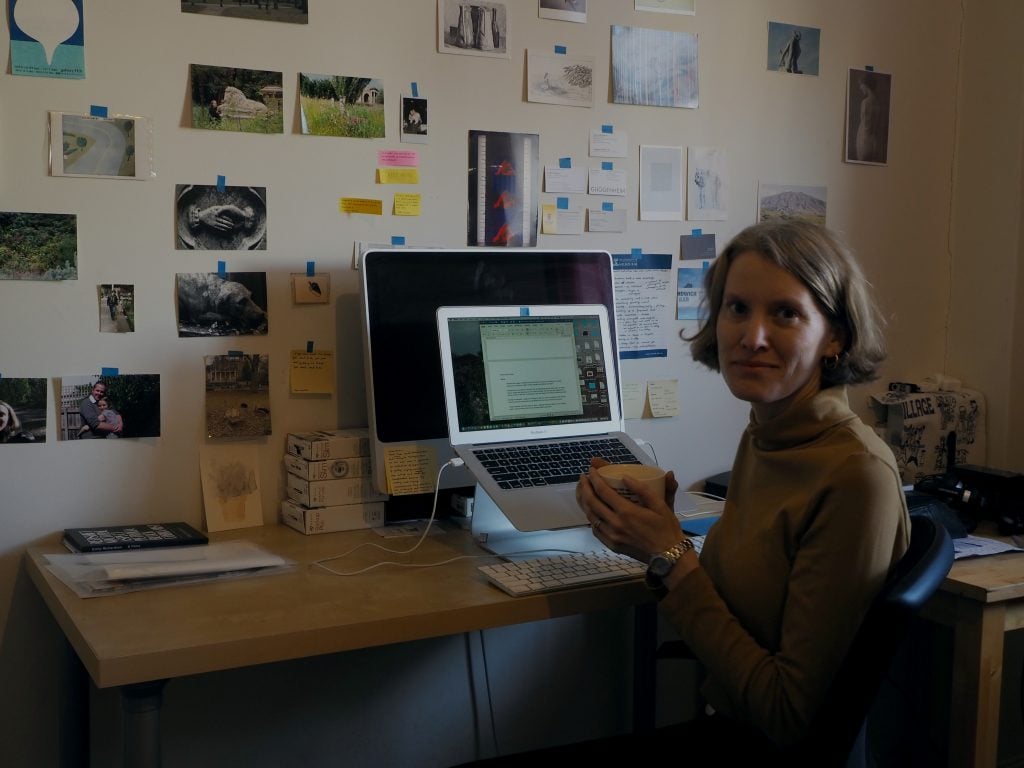
After an initial intense period of developing work plans for the Preservation staff team, Kate Holloway (Preservation Manager) has been researching and documenting procedures for the identification of hazardous materials in the Library’s collections, to ensure safe storage and handling. Kate notes a couple of perks of working from home…
“While I miss my colleagues and the work that we do to preserve the Library’s collections, I am enjoying this time with my son and having time to document the special work we do. I also now have time to play portable table tennis on my dining table, nurture my green babies, go running with my dog and even revisit the art of macramé.”
Kate Holloway

Katy Glen (Conservator, Photography & Paper) and Marika Kocsis (Senior Conservator, Paper) recently attended a Modular Cleaning Program Workshop conducted live from Los Angeles via Zoom, 12:30-2:30am Melbourne time, over four consecutive nights. That’s dedication! The workshop was a great introduction to a database devised by paintings conservator Chris Stavroudis that offers a method for tailoring cleaning systems for painted surfaces.
“Around 1000 people attended the workshop and specialist discussion groups are already evolving for continued learning (potentially more late nights!) An unexpected bonus was seeing my garden bathed in bright moonlight due to the clear skies last week.”
Katy Glen
During the Library closure, Savina Hopkins (Preservation Technician) has finally had time to work on her pest-project! Savina coordinates the Library’s Quarantine work area, which is often included in public and staff tours of the Library. Having a pest box is an excellent way to display and discuss the different pest species that can cause damage to the collection. Savina describes the current pest box as being thriftily created out of an empty chocolate box ‘of a very well-known brand’ that was in great need of refurbishment.
‘We have now acquired a purpose built entomological display box. Our pest control contractor has provided some new specimens, and an associate posted some other common library pests to me in the mail (yes, the snail mail!).’
Savina Hopkins
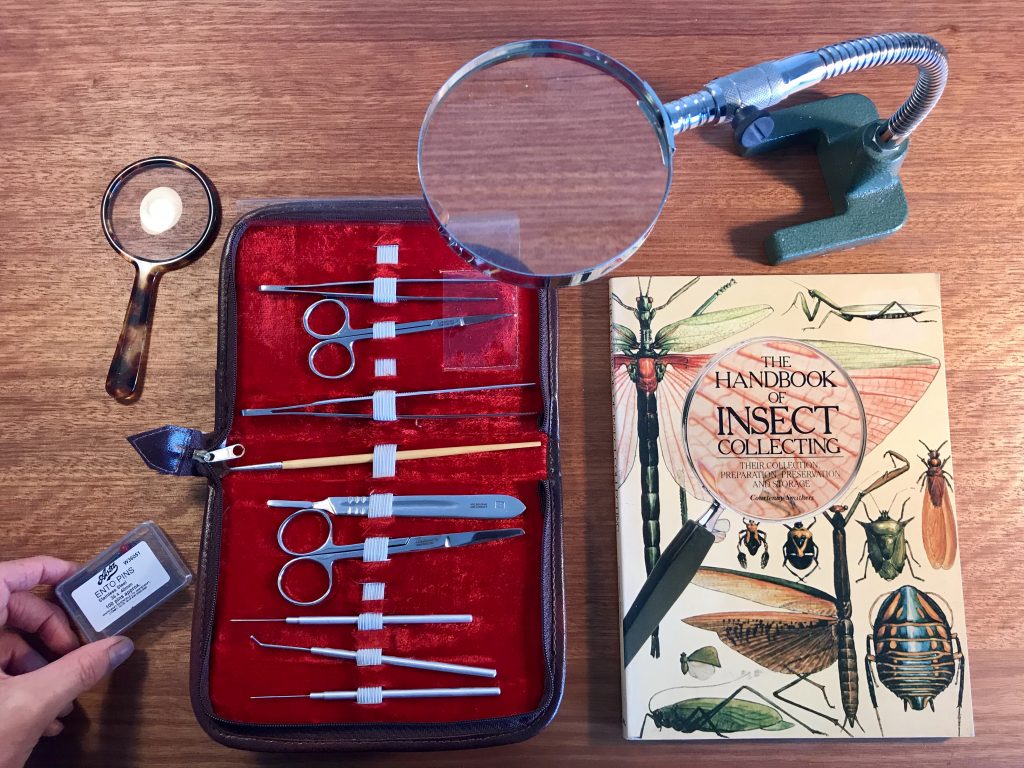
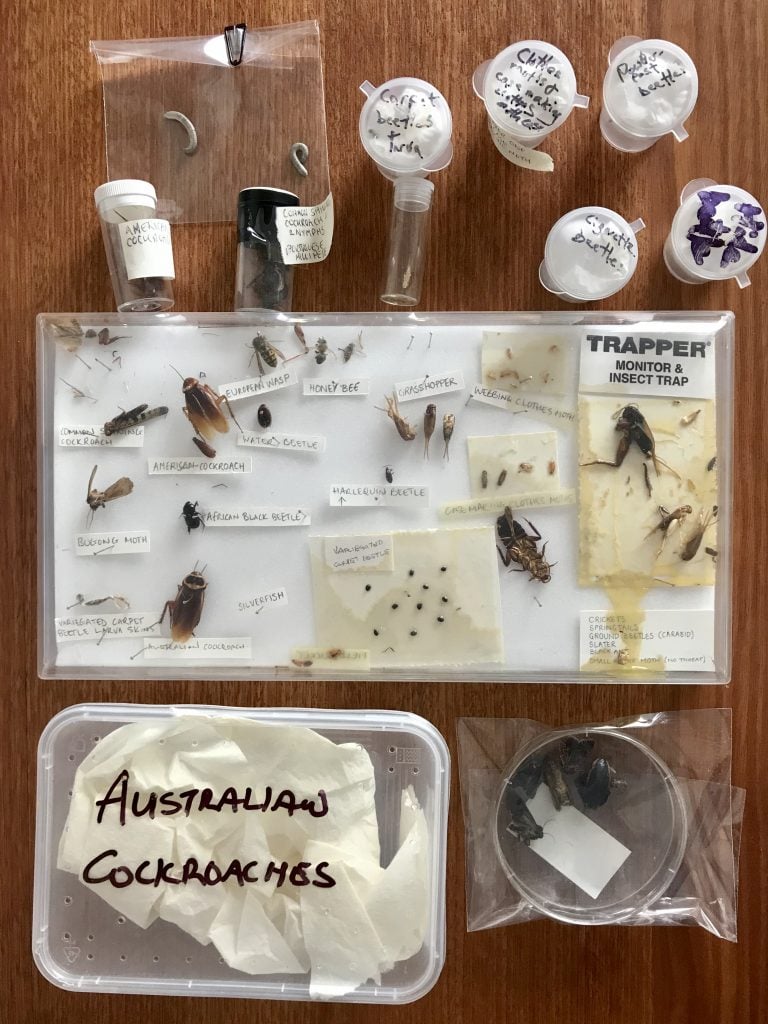
Old bug box and specimens 
Work in progress
I have taken advantage of this period to further develop my skills in the analysis of climate data and continue with research into sustainable preservation strategies for managing collection environments. I have also been working with colleagues to scope new environmental monitoring systems for collection stores and exhibition spaces for implementation upon return.

During the Library closure, our preventive conservation programs have been as important as ever. With limited personnel onsite, routine checks of collection stores and exhibition spaces are critical to ensure there is no damage occurring as the result of water ingress or increased pest activity. Environmental conditions continue to be monitored remotely, staff are on call for Disaster Response and Recovery and our pest control contractor ensures no unwanted guests take up residence in our absence.
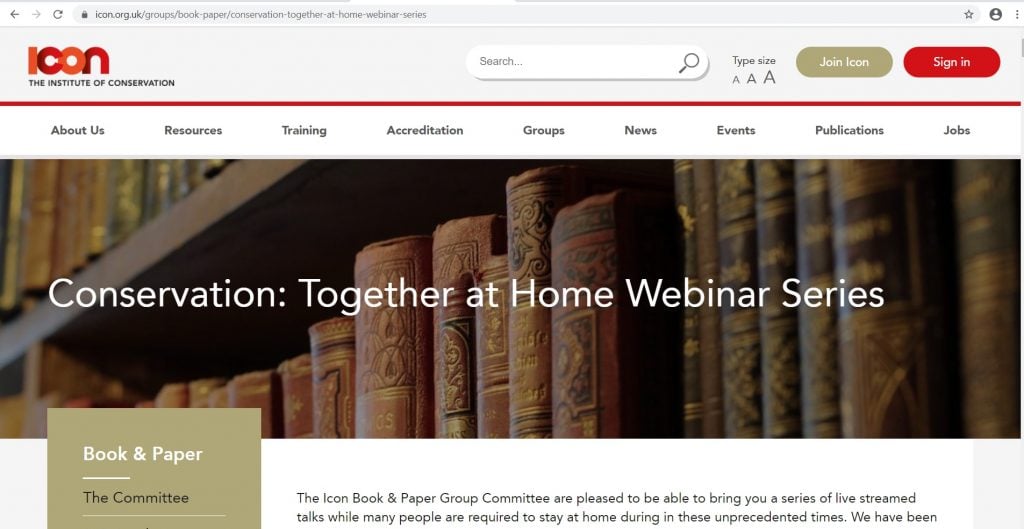
The smorgasbord of webinars produced and hosted by the global collection care community have also kept us all engaged and continually learning during this period of isolation, with the added bonus of being enjoyed with a cat on the lap and a hot cup of tea! I do sometimes wonder how our beloved pets will cope when we all return to work…
It is more important than ever to stay connected during these uncertain times. Regular zoom meetings keep everyone up to date with projects and planning and, naturally, there are also a few virtual coffee dates locked in to share news of the latest baking, homeschooling and crafting successes (or failures!).
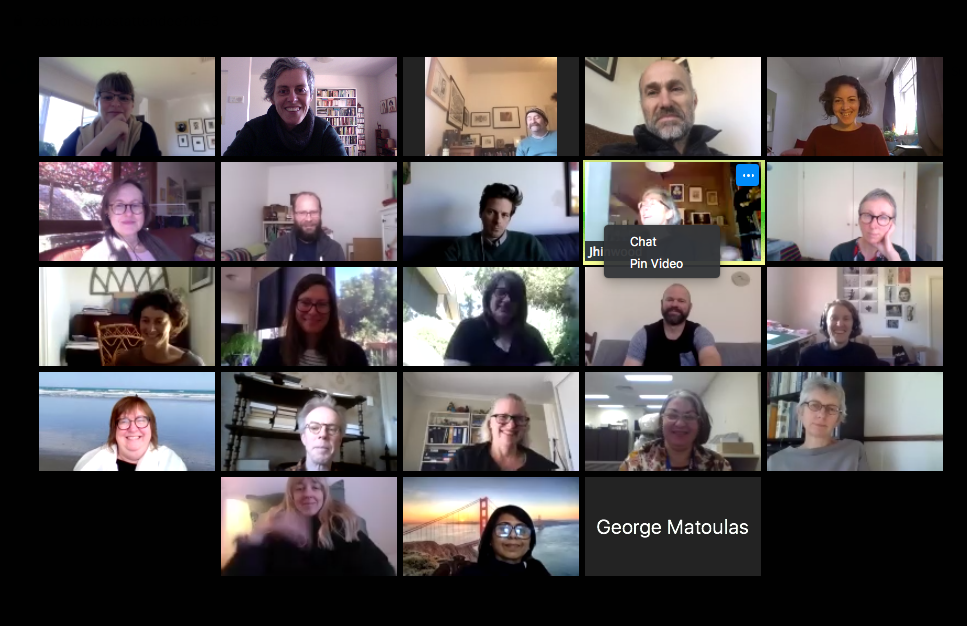
I have been impressed with the resourcefulness and creativity of my colleagues, both within Collection Care and across the Library, during this challenging time. We look forward to reopening our doors again in the not too distant future and sharing our wonderful ‘physical’ collections with you all again soon.


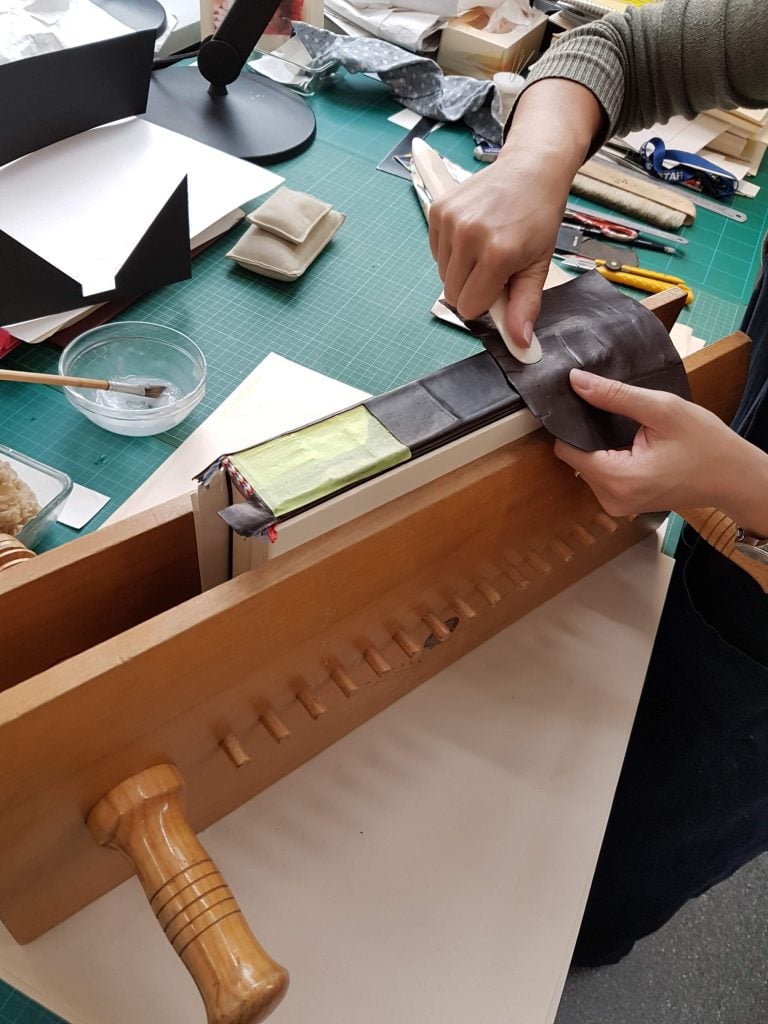


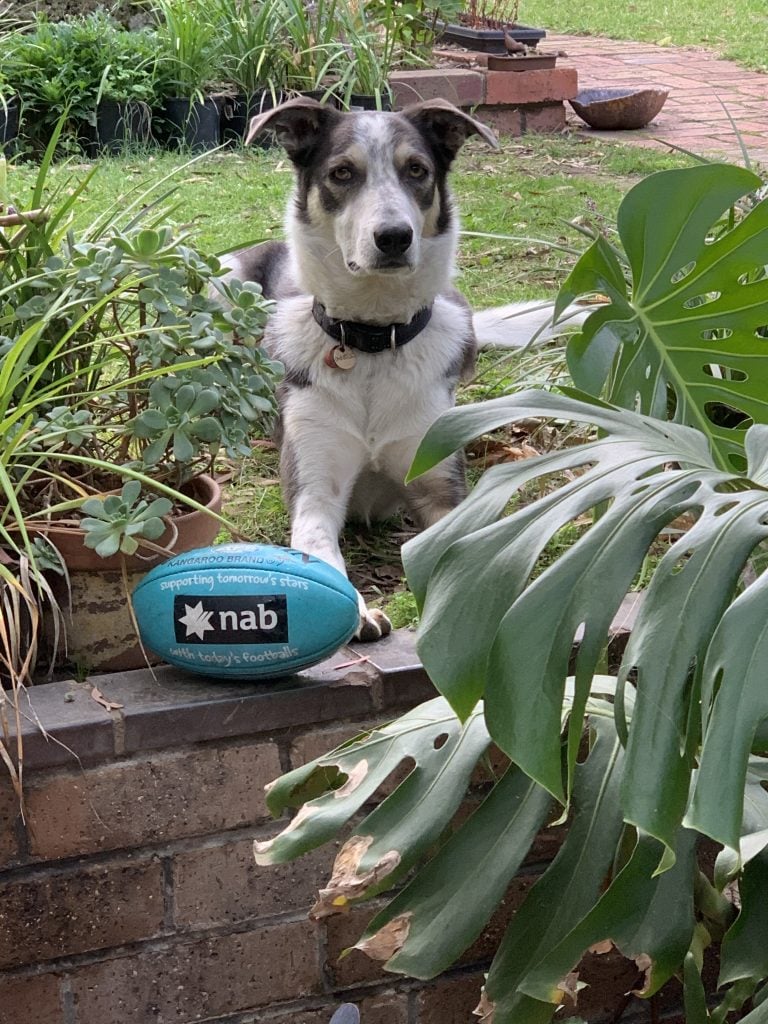
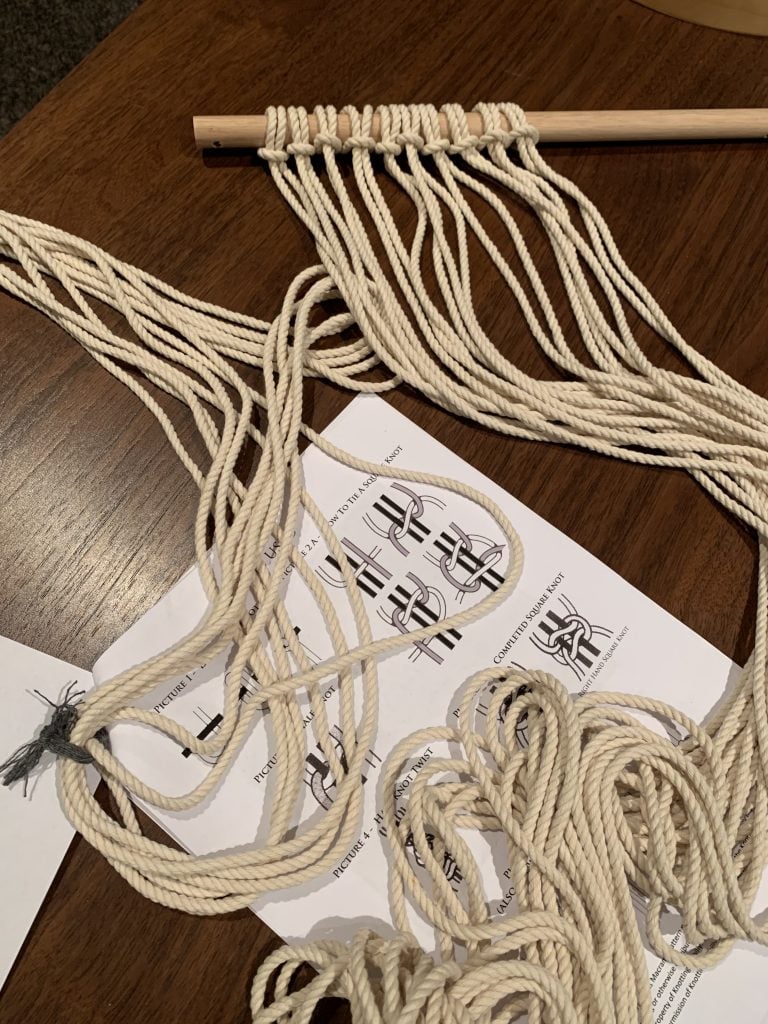

Thank you so much for such an interesting newsletter. I confess I am so used to knowing everything will be there if I want to access it, but never have asked myself how this comes about! I must learn not to take things for granted in the future.